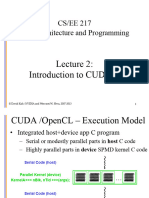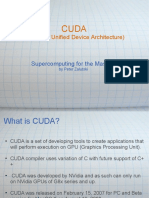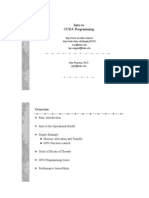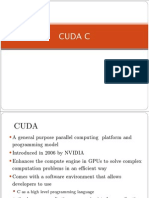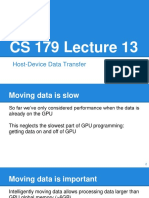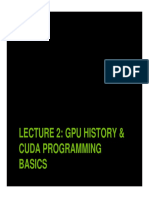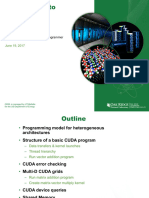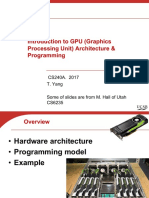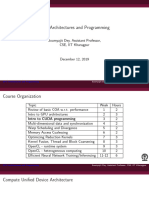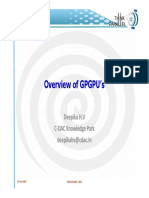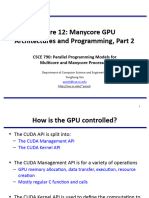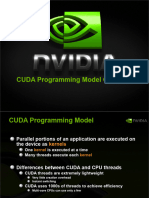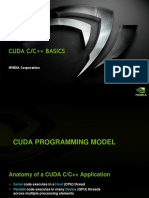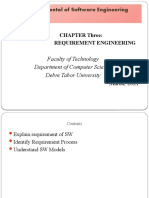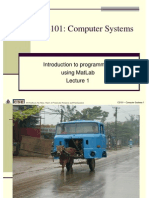0% found this document useful (0 votes)
79 views64 pagesGPUMod 2
This document provides an introduction to different approaches for GPU computing including CUDA C, libraries, compiler directives, and programming languages. It discusses the tradeoffs of each approach in terms of ease of use, performance, flexibility, and portability. The document also demonstrates the basic CUDA C API functions for device memory allocation and host-device data transfer needed to implement a vector addition example on the GPU.
Uploaded by
Disinlung Kamei DisinlungCopyright
© © All Rights Reserved
We take content rights seriously. If you suspect this is your content, claim it here.
Available Formats
Download as PDF, TXT or read online on Scribd
0% found this document useful (0 votes)
79 views64 pagesGPUMod 2
This document provides an introduction to different approaches for GPU computing including CUDA C, libraries, compiler directives, and programming languages. It discusses the tradeoffs of each approach in terms of ease of use, performance, flexibility, and portability. The document also demonstrates the basic CUDA C API functions for device memory allocation and host-device data transfer needed to implement a vector addition example on the GPU.
Uploaded by
Disinlung Kamei DisinlungCopyright
© © All Rights Reserved
We take content rights seriously. If you suspect this is your content, claim it here.
Available Formats
Download as PDF, TXT or read online on Scribd
/ 64






